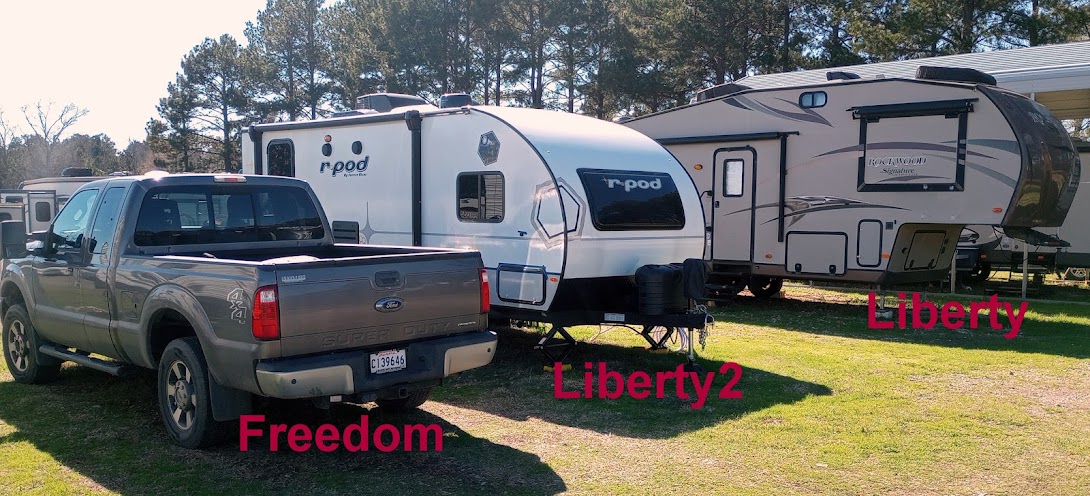(click pictures to enlarge)
Just like 7 million other people last year, I visited
As a civil engineer, this was one of the items on my list of things to see in the west. To write about its design and construction would turn this blog post into a technical manual, so instead, let's talk about the name. I grew up thinking the name of the dam was Boulder Dam. For several years as a child, I thought there were two dams, Boulder and Hoover. The planned location of the dam was about 10 miles upstream from where it is today in a place called Boulder Canyon, thus the first name, Boulder Dam. In the early design phase, somebody figured out if they moved the location to Black Canyon, where the dam is today, it would have a larger reservoir and the rock walls of Black Canyon was stronger than Boulder Canyon. So they moved it, on paper. This was in the late 1920's. Since names don't mean much to engineers, they continued to call it Boulder Dam. By rights, they should have changed it to Black Canyon Dam which would have followed the precedent of names like Glen Canyon Dam which is the dam upstream. So, with a little confusion about the name, it must be time for some politicians to get involved to straighten it out, right? In 1930, Hoover was president and had hopes of winning a second term so his administration took advantage of the change in location and began calling the project, The Hoover Dam. That made some sense because Hoover was instrumental in pushing the work on the Colorado River even before he was president. Hoover didn't win re-election and FDR becomes president. His administration begins blaming everything that is wrong in the country on Hoover. Obviously they can't have what will become the largest dam in the country named after him, so they change the name back to Boulder Dam. Maybe they thought the original name was after some big rocks and not Boulder Canyon. If they had wanted to change it, but not make it appear to be so political, they should have called it Black Canyon Dam. Finally, in 1947, Congress gets involved and passes a resolution changing the name back to Hoover Dam and Truman, the 3rd president involved in the name change, signs the bill. Whew. It's true, sometimes it takes an act of congress. I still don't know why as a child I knew it as Boulder Dam. I started school in the early 60's so the name had officially been Hoover Dam for over 10 years. Oh well, I guess it doesn't matter.
I've talked about how great hydro-electricity is in past blog posts so I won't get into it here except to say, they are the type of infrastructure projects the government should be doing more of in addition to roads and bridges.
 |
| That is Lake Mead which is the name of the lake created by Hoover Dam. I started to crop out the side mirror but the picture of the lake looked fake so I left it in for a reality check. |
 |
| Looking downstream at the base of the dam |
 |
| The most common view of the dam, which is the downstream face. |
 |
| It was a good people watching viewpoint. I think I heard at least a half dozen different languages being spoken. The weather was great. |
 |
| The grave and marker of the dog. You can see it is a place of respect and located in a high pedestrian traffic area. |
 |
| Overall view of the entire site taken from the overlook on the Arizona side. Not too bad for being almost 80 years old. |
 |
| On the way back back to the campground. Looking to the west. That sliver of white is U.S. 95. The view in real life if much better. |
Ya'll take care of each other. I'll Cya down the road.





love the pics of the dam but the new bridge opened in 2010 and wasn't begun before 9/11 so not quite so forward thinking on the Fed's part.
ReplyDelete